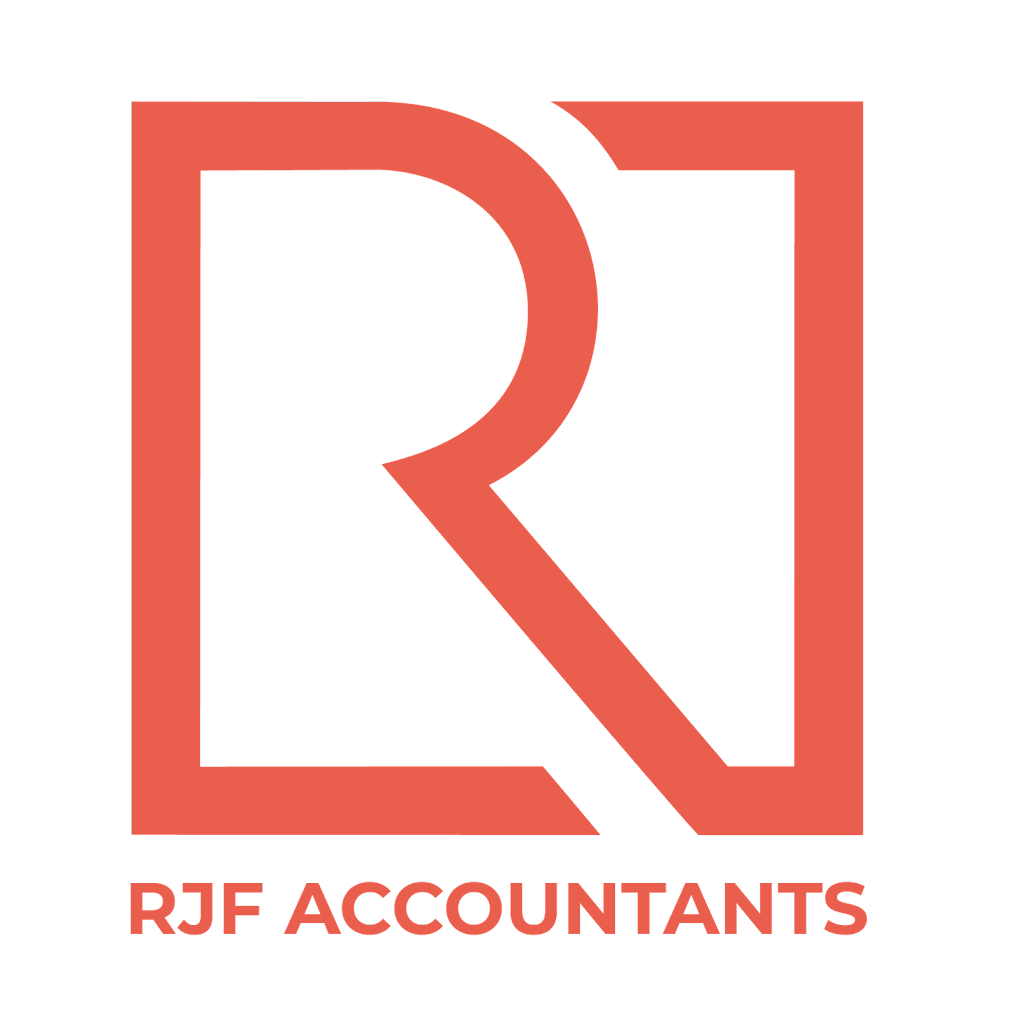Cash flow is the lifeblood of your small business. You need cash coming in regularly to ensure that you can continue operations and pay your staff and bills on time. However, cash flow can be precarious when you’re running a small business and late customer payments or unforeseen costs can cause huge disruption. In addition, it’s normal to expect a temporary period of negative cash flow as you scale up, since you have to spend before you reap the rewards. So how can you maintain a healthy cash flow in spite of these trials and tribulations? It may sound daunting but it simply requires a little thought and common sense. Read on to discover how to keep your cash flowing.
Blog Contents:
show![How-to-Maintain-a-Healthy-Cash-Flow-6-Easy-Tips[1]](https://rjf.uk.com/wp-content/uploads/2023/05/How-to-Maintain-a-Healthy-Cash-Flow-6-Easy-Tips1-1024x681.webp)
Get Your Invoices Right
Your clients won’t pay you on time if you send out incorrect invoices, and this then has a negative impact on your cash flow. Ensure that all of your information on your invoices is correct and include a pricing breakdown. Make sure that you include all of your payment details so that it’s as easy as possible for your clients to pay you. This saves a lot of back and forth answering questions and fixing mistakes, and ensures that you’ll have money in your bank account sooner rather than later.
Furthermore, it’s important to ensure that you hash out the payment details upfront when you sign a new client. Many business owners often forget this amid all the excitement and then have to waste time sorting it out later. During the onboarding process, make sure that you understand who you should send the invoice to and who to contact if any issues arise. Agree upon a payment date or ensure that the client understands when they have to pay in relation to receiving an invoice.
Send Your Invoices On Time
Late invoices result in late payments. You’d be surprised at just how many business owners are lax about sending out invoices, which leads to a multitude of cash flow problems later on. Invoicing your clients on time is a simple yet effective way to ensure that your cash flow stays healthy. If you find it difficult to keep on top of invoicing, set aside time each week to do it or consider investing in invoicing software.
As well as sending your invoices on time, you need to keep on top of payment deadlines and be aware of which clients are yet to cough up. This allows you to send polite reminders to jog their memory ahead of time and chase up any late payments.
Review Your Payment Model
If your clients pay 100% of your fees after completion, you’re taking a pretty big leap of faith. It’s wise to require a deposit or upfront payment to ensure that you don’t end up out of pocket.
Additionally, it’s worth implementing late fees to encourage your clients or customers to pay you in a timely manner. They’re less likely to forget or try to delay payment if doing so will incur a charge!
Create a Calendar
Cash flow isn’t just about money coming in. You also need to be aware of how much you’re paying out, and when. Create a calendar to keep track of your bills and taxes so that you know when your cash balance is going to take a dip. This allows you to prepare for any expenses and create cash flow projections. It also enables you to make payments on time, which is crucial for maintaining a good relationship with your lenders, suppliers and staff.
Create Cash Flow Forecasts
Expanding your business often requires you to spend more than you currently earn, creating a short-term negative cash flow. It’s important to create accurate cash flow forecasts when planning for growth so that you can expand your business in a safe and affordable way, whilst maintaining your current standard of work. It’s no good expanding if you have to completely starve your business of cash to do so.
Creating cash flow forecasts can be complicated, but there are forecasting tools to help with this. The services of a professional accountant can also be extremely useful in creating these projections and adjusting your growth budget accordingly.
Prepare a Safety Net
It’s never a bad idea to create a safety net. Ensure that your business has a cash reserve so that unforeseen costs don’t break the bank. Life is unpredictable and no matter how carefully you plan ahead, there will always be unprecedented expenses. An emergency cash reserve gives you some breathing space and means that you can maintain a healthy cash flow even when you have to unexpectedly shell out for equipment repairs, hidden fees or costs that you failed to account for.
Keep Your Money Moving
A stagnant cash flow will not only cause you to lose money, but also to miss out on growth and investment opportunities. If your cash flow is negative for too long, your business will no longer be able to operate. It’s important that you employ the above common-sense strategies to maintain a healthy cash flow and ensure the survival and success of your small business.

